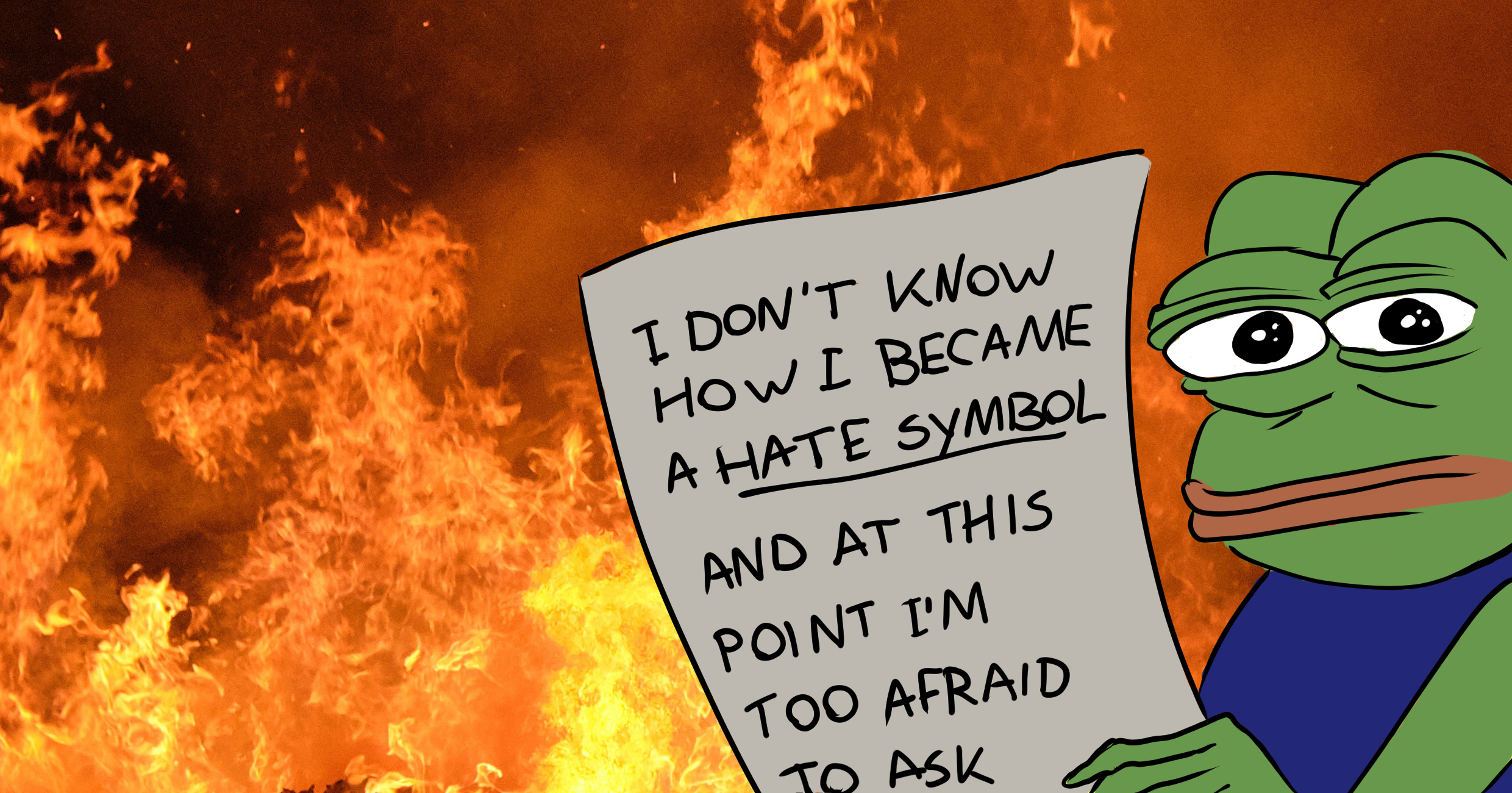There’s something very strange about the name ‘digital archaeology’, it sounds quite oxymoronic, actually. However, digital archaeology has really begun taking off over the past decade, and is becoming increasingly important in the field of archaeology. ‘Digital archaeology’ is best described as the merging of digital media and technology to the discipline of archaeology. Perhaps you might recognize this as the use and analysis of aerial photography in order to locate sites, or the documentation of such sites using GIS paired with complex databases.
One of the main advantages of digital archaeology is that it helps to bring archaeology back into a more modern perspective, using digital tools in order to help the general public visualize certain aspects of archaeology. A popular example of this is the VR project A Night in the Forum released for PS4, a virtual reality reconstruction of the Augustan Forum in Rome. The team behind this project used 3D reconstruction of archaeological data in order to turn a 2D archaeological site into a 3D environment players could navigate through.
One of the important parts of the aforementioned project, however, was the use of photogrammetry. Photogrammetry is extremely valuable within archaeology, as the practice offers a non-invasive yet method of recording data. Overhead photos of archaeological sites are useful in determining the scale and layout of sites, data which can then be recorded as a raster map or digitized as a vector file in software such as GIS.
Futhermore, photogrammetry also opens the door to 3D modelling, in which high-resolution photos can be meshed together to create a full 3D model which can in turn be manipulated. The advantage behind 3D modelling is that extremely sensitive objects can be analyzed in greater detail without risking deterioration from excessive handling, but also that 3D models of sites allows archaeologists to continue to work on a site without having to be present at the site. The latter comes especially in handy when preventative archaeology enters the picture. If an archaeological site is blocking a construction project and needs to be built over, we can still manage to create 3D models of it before it’s buried again for good, allowing us to look into it again in the future if need be.



Thank you for explaining a bit of the underlying techniques used to create these VR experiences. I’ve also seen a lot of this in the Korean history field!
Something I also found interesting and perhaps a bit related was content created by ABCNews which created a virtual experience of North Korea; though in my eyes still a relatively untrue experience, it does highlight interesting developments on VR in our current society.
https://youtu.be/HnEACysvsI8